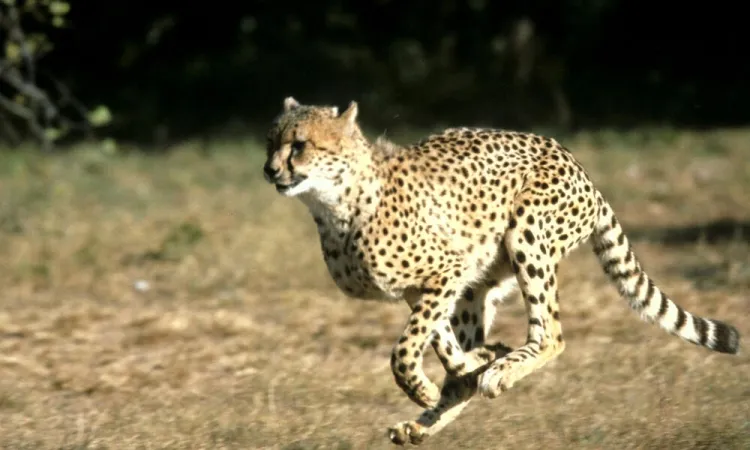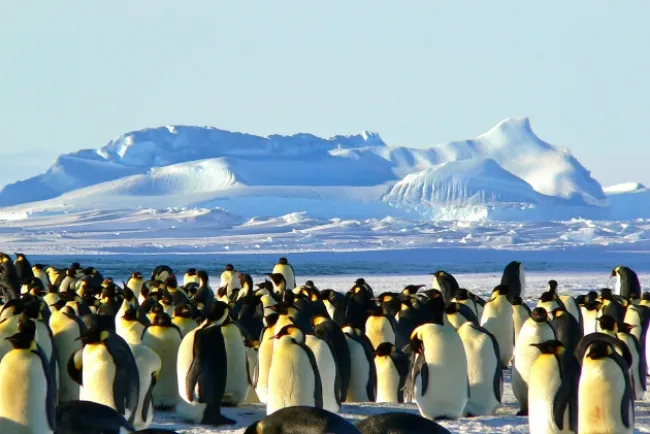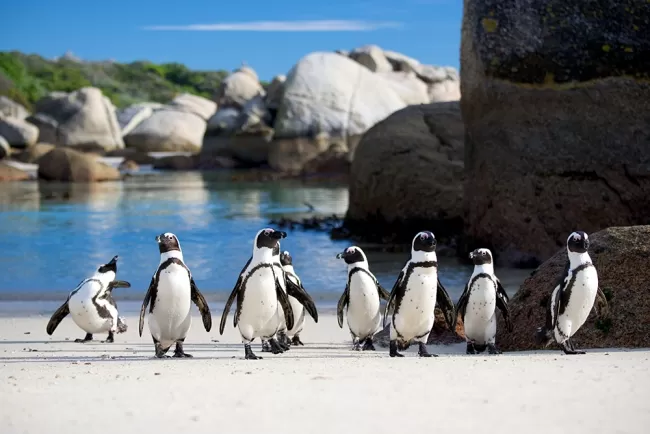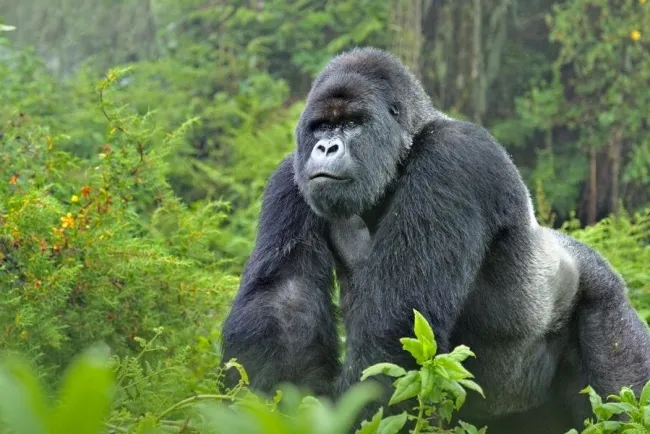Cheetah Chronicles: The Fastest Land Animal's Journey...!!!
The cheetah is an extraordinary and unique animal, renowned for its incredible speed, distinctive appearance, and fascinating behavior. As the fastest land animal, the cheetah has adapted remarkable hunting techniques and social structures to thrive in its natural habitat.

The cheetah (Acinonyx jubatus) is a remarkable feline, celebrated for its astonishing speed and elegance. As one of the most iconic and captivating animals globally, the cheetah has enthralled human imagination for generations. In this essay, we will examine the cheetah's characteristics, behavior, habitat, and conservation status, emphasizing what makes this big cat so unique.
Characteristics
The cheetah is the fastest land animal, capable of reaching speeds of 60-70 miles per hour (97-113 kilometers per hour) in short bursts over distances up to 500 meters (1,640 feet). This extraordinary speed is made possible by its slender, lightweight body, long legs, and large nasal passages that enhance oxygen intake. Cheetahs possess a distinctive coat adorned with small, round black spots on a tan background, providing excellent camouflage in their natural environment. Additionally, they have black "tear marks" running from the inner corners of their eyes down to the sides of their mouths, believed to help reduce sun glare and improve focus on prey.
Behavior and Hunting Techniques
Cheetahs are primarily diurnal hunters, meaning they hunt during the day, particularly in the early morning and late afternoon. This behavior helps them avoid competition with other large predators like lions and hyenas, which are more active at night. Cheetahs rely on their exceptional eyesight to spot prey from a distance and typically hunt small to medium-sized ungulates such as impalas, gazelles, and springboks.
The cheetah's hunting strategy involves stalking its prey to get within close range, usually around 30 meters (98 feet). Once positioned, the cheetah rapidly accelerates, using its powerful hind legs to propel itself forward in a series of explosive sprints. During the chase, the cheetah uses its long tail for balance and direction changes. The chase is often brief, lasting about 20-30 seconds, as the cheetah quickly tires from the intense exertion. After capturing its prey, the cheetah needs to rest and recover before consuming its meal, as it is vulnerable to other predators during this time.
![]()
Habitat and Distribution
Cheetahs are predominantly found in sub-Saharan Africa, with small populations in Iran. They inhabit various environments, including savannas, grasslands, and semi-arid regions. Cheetahs prefer open landscapes that allow them to utilize their speed and keen eyesight to spot potential prey. Unfortunately, their range has significantly decreased over the past century due to habitat loss, human-wildlife conflict, and poaching.
Social Structure
Cheetahs have a unique social structure compared to other large cats. Males and females exhibit different social behaviors. Male cheetahs often form small groups called coalitions, usually consisting of brothers from the same litter. These coalitions help males defend their territory and increase their chances of mating. Female cheetahs, on the other hand, are solitary animals except when raising cubs. A female typically gives birth to a litter of three to five cubs after a gestation period of about three months. The mother cares for her cubs alone, teaching them essential hunting and survival skills until they are around 18-24 months old.
Conservation Status
The cheetah is currently listed as vulnerable by the International Union for Conservation of Nature (IUCN). Their population has declined dramatically due to various threats, including habitat loss, human-wildlife conflict, poaching, and decreased prey availability. Conservation efforts are crucial to ensure the survival of this incredible species.
Several organizations and initiatives are working to protect cheetahs and their habitats. These efforts include anti-poaching measures, habitat restoration, and community-based conservation programs that promote coexistence between humans and cheetahs. Additionally, some conservationists are developing breeding programs to increase genetic diversity and boost cheetah populations.

The cheetah is an extraordinary and unique animal, renowned for its incredible speed, distinctive appearance, and fascinating behavior. As the fastest land animal, the cheetah has adapted remarkable hunting techniques and social structures to thrive in its natural habitat. However, the cheetah faces numerous threats that have led to a significant decline in its population. Through dedicated conservation efforts and increased awareness, there is hope for the future of this magnificent species. The cheetah's story is a powerful reminder of the importance of protecting and preserving the diverse wildlife that shares our planet.
What's Your Reaction?

















